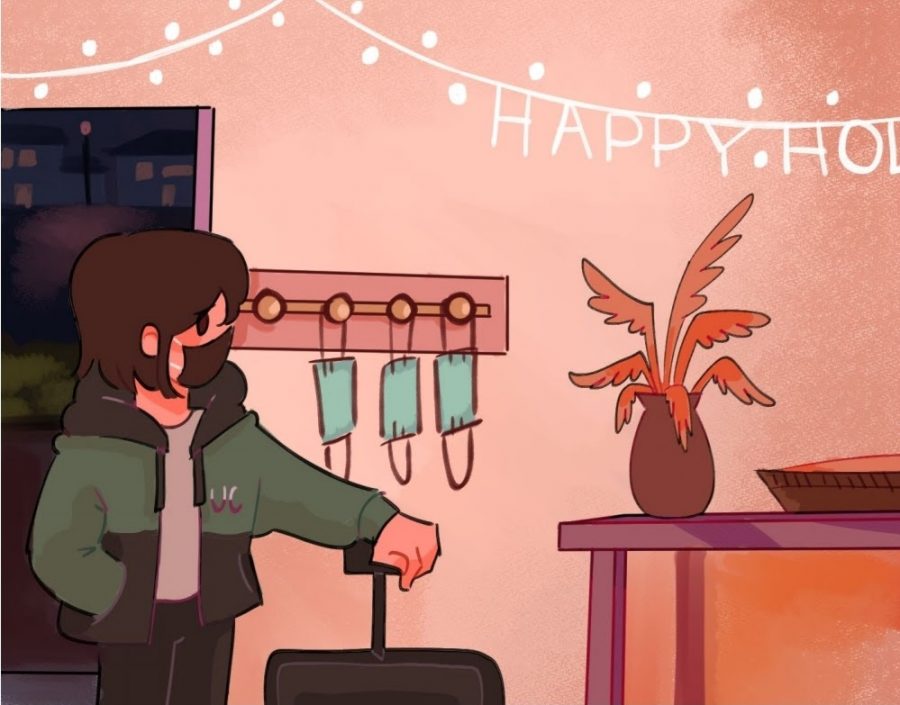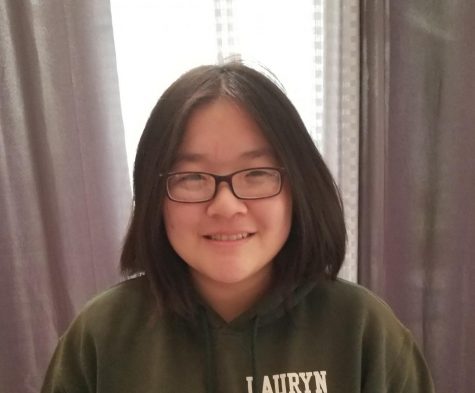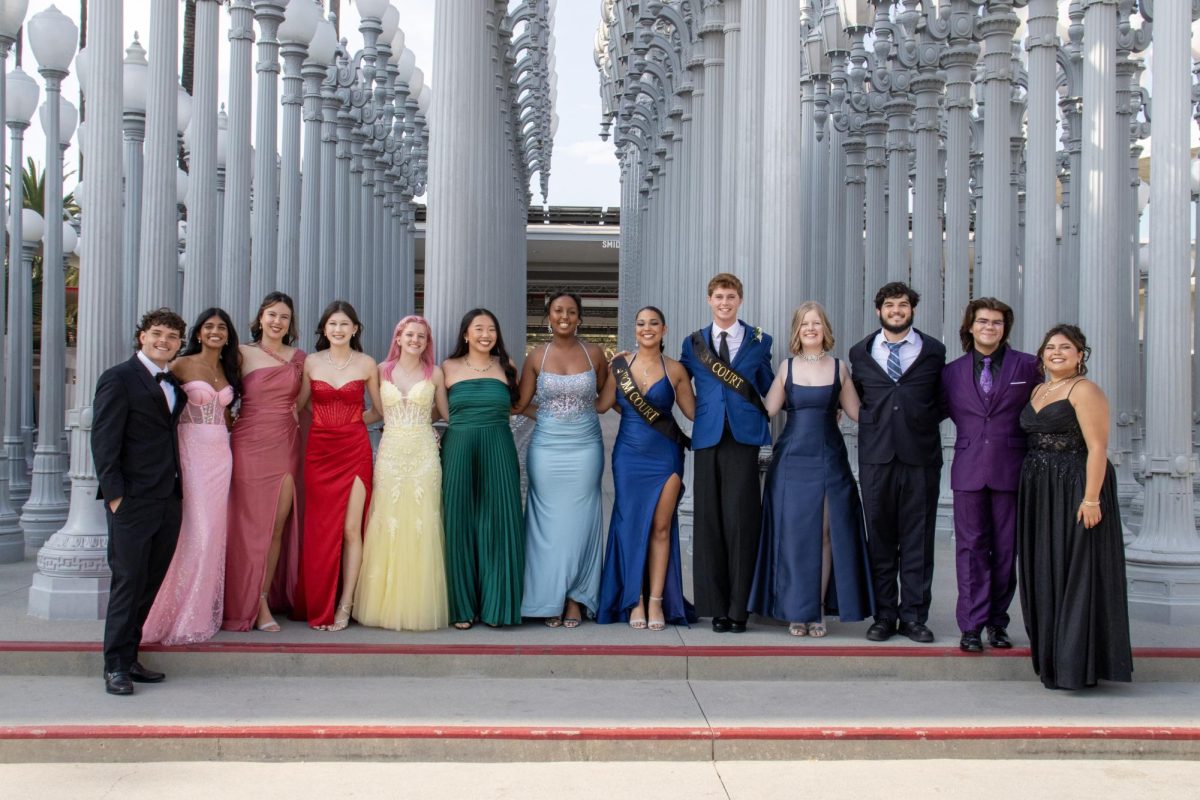COVID-19 Concerns: College Students and the Holiday Season
Art/Photo by Lauryn Shin
As the holiday season approaches, families grow worried about the risk that comes with students visiting their homes to celebrate. Even though many are fatigued from quarantine restrictions, West Biology teacher Mr. Collins emphasized that “we have to re-engage some of that caution now because of the time period that we are going into.”
November 25, 2020
As hospitalizations for COVID-19 climb around the country, many colleges and universities have been forced to delay plans and impose new safety measures. At first, this meant figuring out how to introduce students back to campuses while keeping coronavirus cases low. Then it was determining how to adjust students to new virtual settings. But now, they must figure out how to prepare students for their travels home for the holidays.
Many colleges have been trying their best to mitigate the spread of SARS-CoV-2. University of California San Diego (UCSD) has put forth strict protocols for anyone that arrives on campus. They require students to take mandatory COVID tests every two weeks, have canceled many in-person classes, and have designated isolation housing for those who test positive. Another implementation is the California COVID Notify app which sends an alert to students’ phones if they have been potentially exposed to the virus. The campus is also patrolled by resident assistants and Student Health Advocates to ensure that policies are being enforced and followed. If students don’t abide by the guidelines, there is a risk of suspension or even expulsion.
Despite these restrictions, many California campuses were caught off-guard by an unsettling spike in cases. These outbreaks have left colleges scrambling to find a solution to ensure student safety, especially as they travel back home for the holidays. Many factors can be at play in this situation.
Grand Canyon University freshman Lily Newhart noticed that some students on campus have continued to party despite the precautions the campus took to prevent it. She attributed these decisions to the growing isolation: “They want to be near their friends and physical touch is an important part of friendship and affection. Kids want to be around each other so much that they are not willing to think about the risks of COVID.” Many students have been socially isolating for months, and may understandably yearn for a connection with their peers.
Another reason that college students might be more liable for spreading the disease is their tendency to travel. UCSD freshman Lindsey Kim pointed out that many college students commute to their classes or travel from out of state. UCSD has one of the largest international student populations in the U.S. according to the Los Angeles Times. Kim expressed her concerns by saying “that’s a lot of contact from different people in different places in different states all coming to stay on the same campus.” This risk may drive more colleges to approach reopening campuses differently in the future.
West Biology teacher Mr. Collins touched on another factor that may contribute to a spike in cases. He explained that “there [are] very little incidence levels of hospitalization or death for young individuals.” According to the CDC, younger adults are more likely to have mild or no symptoms. This apparent lowered personal risk may cause college students to be more lenient with following restrictions. But Mr. Collins emphasizes that although they may not be affected, students still have a high probability of introducing the virus to vulnerable elders or immunocompromised family members during holiday gatherings. This, mixed with the cold weather forcing events to move indoors, will give the virus a higher chance of infecting and spreading to more people. All of these dangers will make it extremely difficult for colleges to keep the virus at bay.
Considering all these dangerous factors, it is important to keep in mind the different ways one can maintain safety. Instead of taking public transit, students such as Kim will be driving to her parents’ house for the holidays to limit her exposure to others. She also doesn’t plan on having Thanksgiving dinner with anyone other than her immediate family. When she eventually must return to campus, she will be required to take a COVID test and wear a mask at all times until she tests negative for a second time after 12 days.
If someone you know is coming home for the holidays, make sure that they are keeping both themselves, and others safe by getting tested, wearing masks, and following the recommended physical distancing guidelines. Even if a student is not able to visit their family during the holidays, there are still options that can aid in filling that connection such as phone calls or Zoom dinners.






